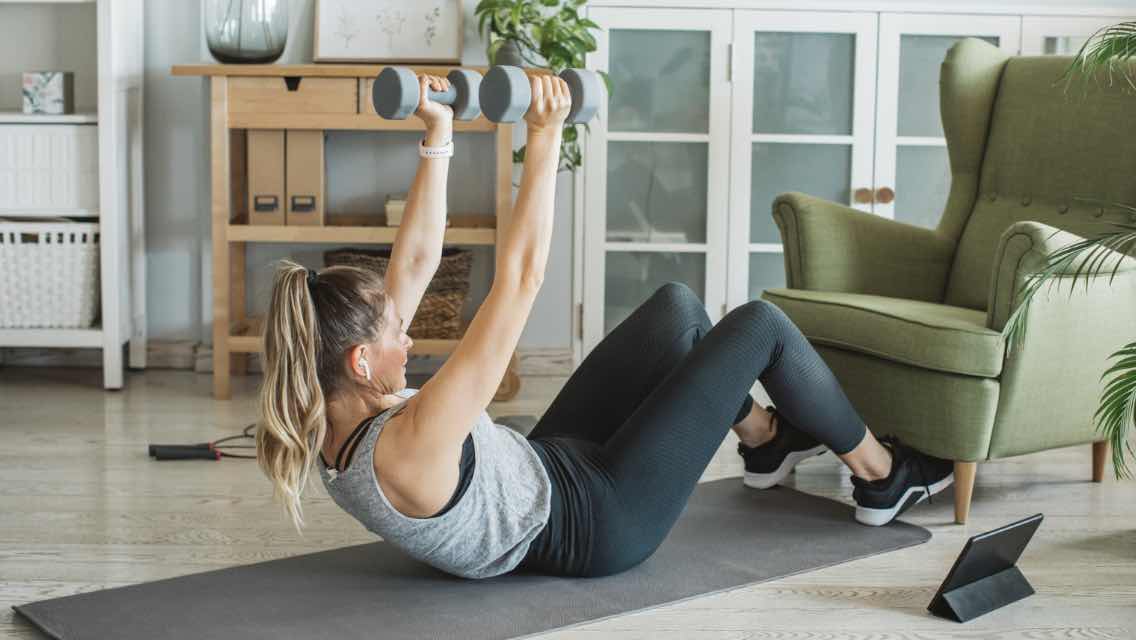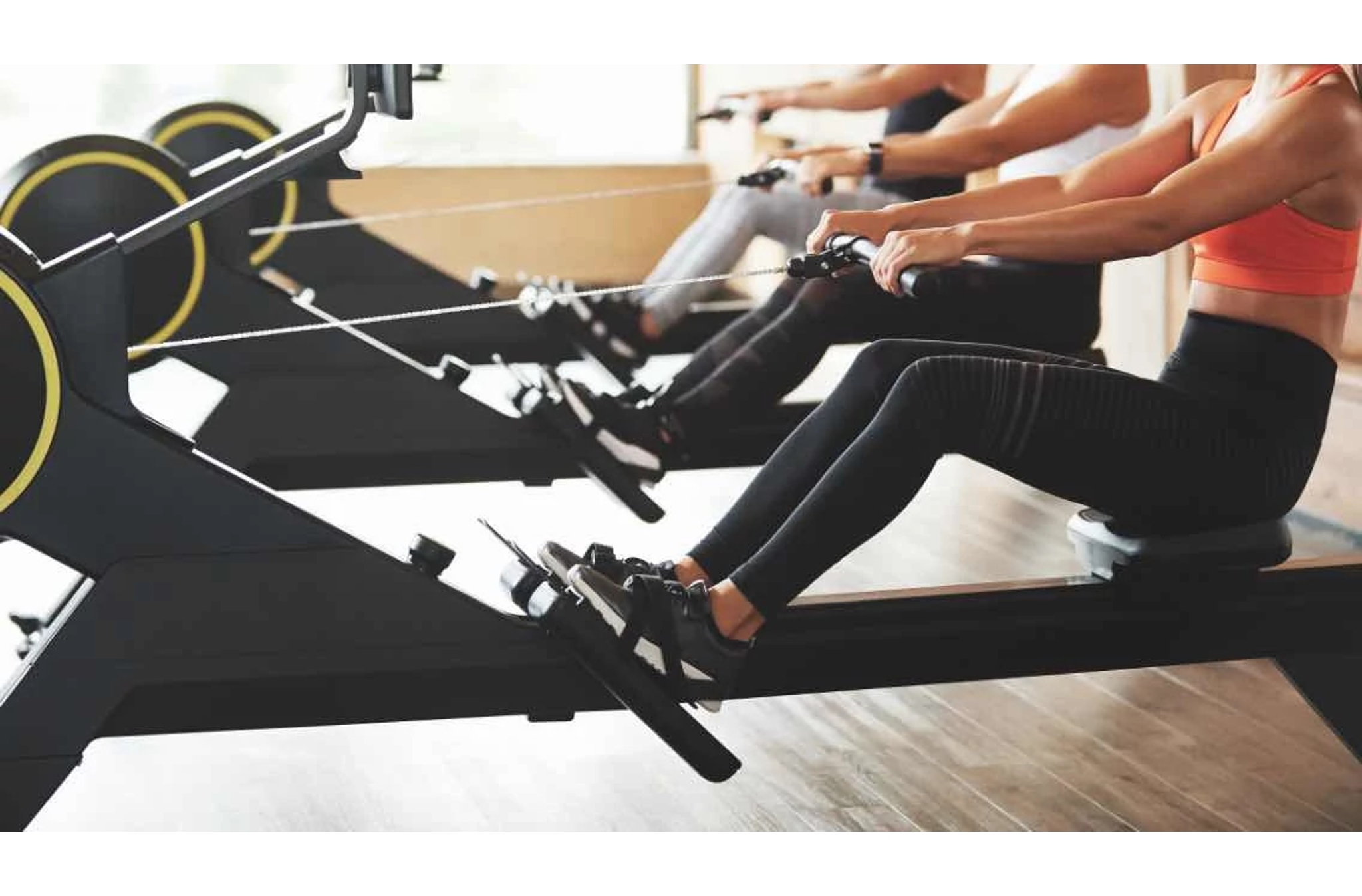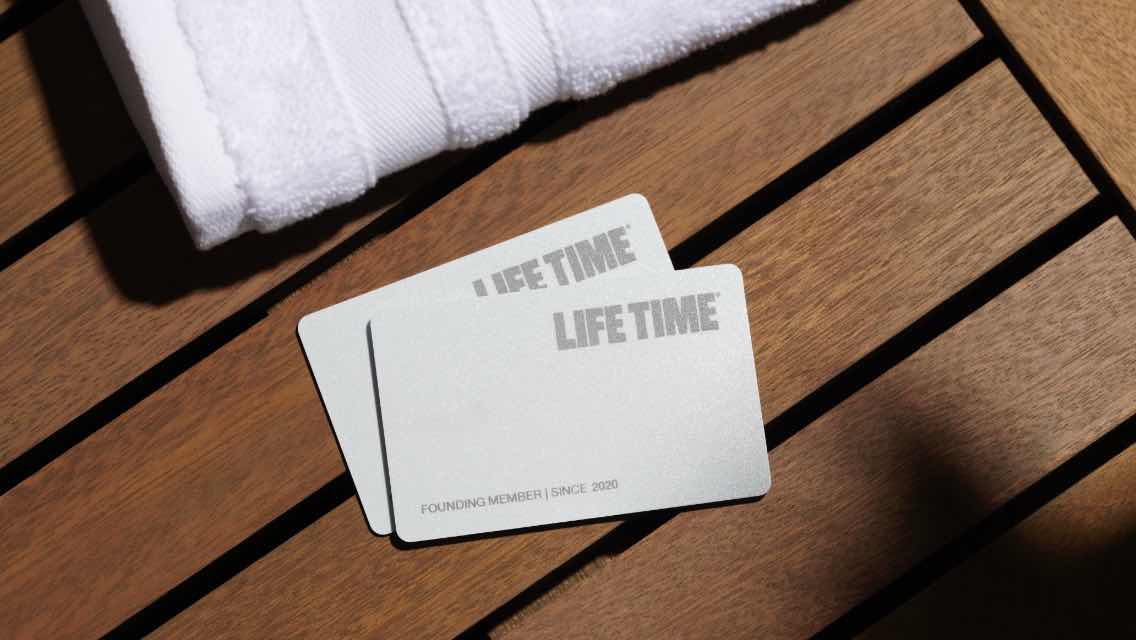There’s no doubt that the fitness industry — and society in general — has undergone a massive evolution over the course of this year.
With many of us adapting to changing safety protocols, distancing measures, and personal schedule adjustments, our exercise habits are taking on a different shape than they’ve had in the past.
While some fad-driven trends come and go, here are five we’ve seen emerge or gain popularity this year that are likely to stick.
1. Making use of fitness apps.
We live in a cellphone-obsessed society, so it makes sense that many of us turned to app-based options during shutdowns. And while there’s no true substitute for in-person exercise, app usage can offer some surprising benefits — particularly during times when we can’t get to the fitness club, whether due to quarantine, busy schedules, or something in-between.
An app-based program can be built to guide you through a workout plan customized for you, even if the gold standard of meeting face-to-face with a fitness professional is out of reach.
It takes the guesswork out of your workout. In the palm of your hand, you can get a prescription, so to speak, of exactly what exercises to do, how many repetitions to do, how long to rest, and how many sets to work through. All you have to do is enter the weight used and repetitions completed, along with feedback for your coach.
It’s also a perfect way to digitize tracking your workouts. I’ve found that with clients, logging frequency, exercises, weights, repetitions, and sets is hands-down the best way to monitor progression in their exercise programming, provide motivation, and identify when their plan needs to be adjusted. The convenience an app provides makes tracking much less tedious.
(If you’re interested in this type of exercise programming, you can learn more about Life Time’s Training app here.)
2. Working out anywhere.
Most of us are used to working out at a fitness facility. Historically, exercising in non-traditional locations, such as home, work, the playground, or while traveling was reserved for the dedicated few.
But in recent months, flexibility has been the name of the game — exercise routines included. Through the use of body-weight movements at home, walking meetings or get-togethers, and finding other creative ways to stay active outside, the landscape of where we routinely exercise has changed.
For me (and for many of my clients and peers), nothing compares to being in the club and having access to every modality and machine I could possibly need to drive results. I will always continue that as the core of my routine. However, I’ve found that lately, if I can’t be in the club, I’m not alone when I go to do a workout at the park near my house. Using midday lunch breaks to complete an at-home workout has become more commonplace as well.
For those of us who need a bit more guidance, accountability, and support, video-based training with a fitness professional through a screen is another option that makes working out from anywhere even more effective.
3. Using home exercise equipment.
Having a few pieces of exercise equipment at home isn’t new. We likely all either have had or know someone who has had a basement elliptical trainer or treadmill that ended up doubling as a clothing rack. But actually using home exercise equipment — and expanding the collection of fitness equipment beyond just bulky cardio machines — is more newly widespread and seems to be here to stay.
More fitness tools add more variety to your routine, which increases the benefits of physical activity and likelihood of consistency with it. This past spring, the surge in demand caused a shortage of availability of home exercise equipment. Now that supply is catching up, it’s awesome to see more people ordering equipment and setting up some dedicated space to execute a well-rounded workout from home.
We’ve come to a point where having kettlebells, suspension trainers, resistance bands, weighted medicine balls, and even foldable squat racks with barbells, to name a few, is more commonplace — and a way to make working out from home more fun, effective, and excuse-proof.
4. Keeping things clean and tidy.
I know this might not initially come to mind as a fitness trend, but it certainly has become a top priority during this time.
In certain circles, prior to COVID-19, there was a degree of grunginess that some people found acceptable with their workouts, even in community settings. This could include chalk marks, a water bottle dumped over the neck to cool off, sweat stains left on the ground or bench, or simply leaving behind a piece of equipment without wiping it down.
Now, etiquette has a higher expectation that we can all benefit from. More than ever, respecting hygiene and wiping down equipment after using it has become a societal expectancy and show of courtesy and respect. And to slow the spread of germs, leaving behind dirty towels, sweat, and other messes is rightfully frowned upon.
Along with cleanliness comes putting things back where they belong, such as weight plates or dumbbells, to ready the piece of equipment for the next person to use. As a collective effort, health clubs, gyms, and their members have come together more than ever to help provide and maintain safe, clean facilities for everyone to enjoy a bit more.
5. Enlisting real-person coaching and accountability.
The last six to nine months have clearly displayed that canned, cookie-cutter workouts and full reliance on self-accountability do not cut it for most of us to stay consistent and see results — especially during times of changing routines and increased stress.
Many of us have also learned that fitness permeates our lives far beyond the performance and aesthetic benefits. Truly incorporating an exercise program and having physical activity as a non-negotiable part of your life for the long haul can be a deeply personal journey, complete with the need for trusted guidance and a support system.
Whether via a messaging system, video, or face-to-face, the touchpoint with a real person who knows where you are in your journey — including being there to support your triumphs, struggles, and individualized needs — is an absolute game-changer.
Many of us have learned to finally ditch the “I’ve got this on my own” mentality and that working with a fitness professional and coach who cares about your success is the irreplaceable secret to staying accountable, motivated, and on track with your fitness no matter what life throws your way — even a pandemic.
Wrapping Up
Similar to nutrition, certain fitness fads and training styles can come and go. But when it comes to the dramatic impact COVID-19 has had on our exercise routines, it’s good to see that some silver linings have emerged — including a few positive, beneficial trends that seem like they’ll be serving us for the long term.




